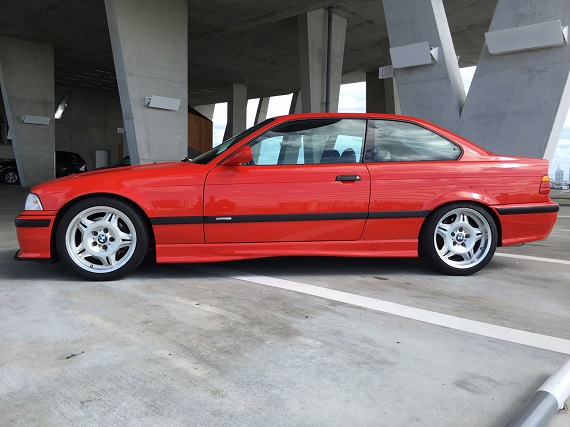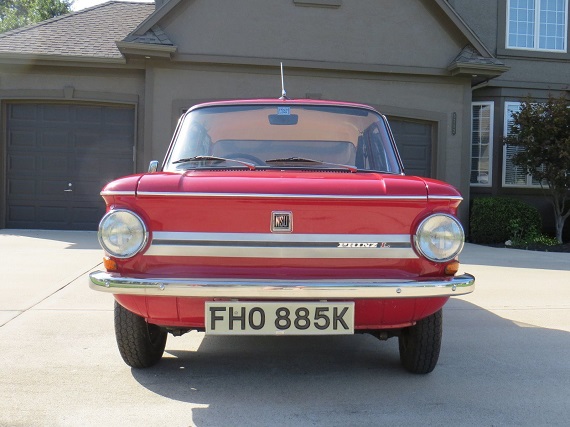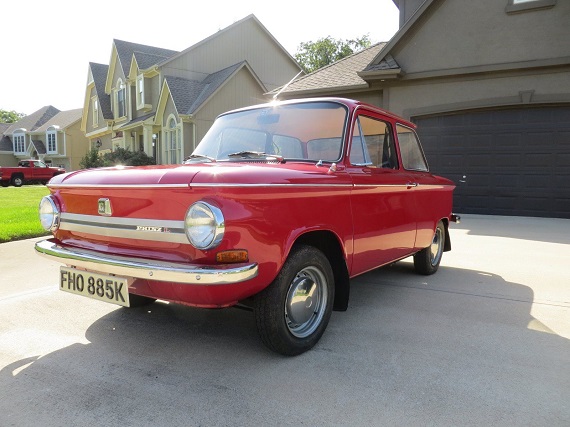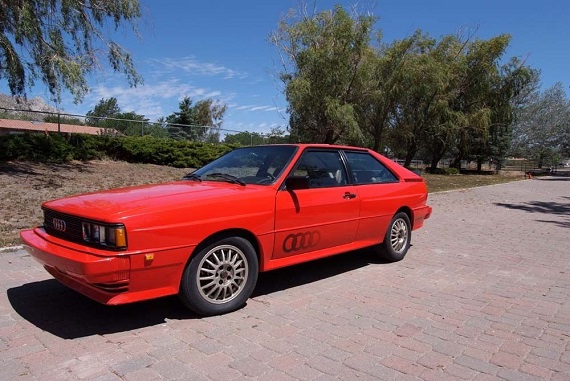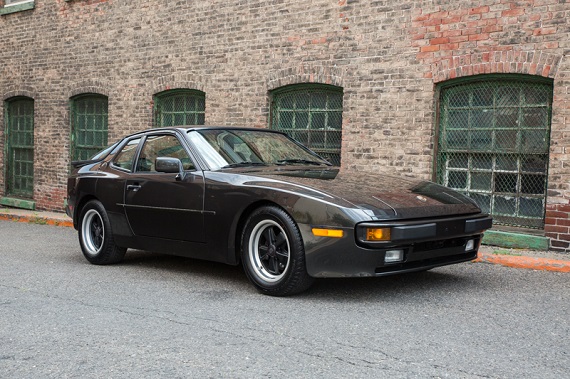Conventional wisdom would have it that North America was robbed of the “real” M3; the undiluted, S50B30/B32, individual throttle body, floating rotor, continuously variable VANOS enthusiasts’ dream. Conventional wisdom, though, is wrong. Exploiting a loophole in importation laws, in 1994 BMW Canada commissioned a run of 45 exclusive European-spec E36 M3s. These were the full-fat BF91 rather than the BF93 which would come slightly later to U.S. shores. That meant the full spectrum of Euro goodies were optional on these cars, but most notably the 286 horsepower engine was the highlight. Each got a numbered plaque to commemorate fooling “The Man”, the only real changes from standard specification were the additions of daytime running lights and a third brake light to meet Canadian road laws. Sure, your E36 M3 is special, but these Canadian Edition cars are more specialerer. And this one isn’t in Canada anymore – it’s in the U.S.. Feel cheated no more, E36 fans!
Author: Carter
We’ve got some serious muscle power and fan favorites added to the Hammertime value guide. Surprising numbers were reached for the 1991 Audi 200 20V…
3 CommentsWhile I usually try my best to focus on bang for your buck cars, today’s 1972 NSU will have difficulty fitting in to that category. It’s not that superminis aren’t valued as there are many who highly prize and collect the diminutive car class. But I’m talking about literal bang, or lack thereof. At 30 horsepower, the .6 liter single overhead cam inline-2 wasn’t the most powerful engine available, but the Prinz 4 was intended to break into markets where the barrier to automobile ownership was not only entry cost, but tax brackets. Namely, this was problematic in the U.K., where the original Mini reigned supreme. The Prinz 4 offered an alternative, albeit a slow one – even weighed down with only around 1,250 lbs, the two cylinders struggled mightily to motivate the car. Acceleration curves depended on what you had eaten for breakfast, but figure it was the strong side of 35 seconds to reach 60 m.p.h.. But this car was about affordability and economy rather than speed, and threw a dose of more upscale-looking class into a segment dominated by quirky designs:
CLICK FOR DETAILS: 1972 NSU Prinz 4L on eBay
1 CommentFrom what was arguably the least desirable Porsche product from 1985 yesterday, we move on to the most desirable Audi product from the same period. Contrary to popular belief, the Quattro did not pioneer many of the technologies it is credited with. What it did do, though, was for the first time marry turbocharging, full time all-wheel drive and a slinky coupe shape together with just enough luxury to partially justify its $40,000 price tag. For those not quick with inflation numbers, that’s just shy of $120,000 in today’s buying power – about the same as a lightly optioned 2017 RS7. What you got for that amount was surprisingly sparse; a manual sunroof, rear wash/wipe, and electric mirrors and windows – that was about it. Under the hood, the off beat inline-5 produced only 160 horsepower in U.S. trim, and toting around the best part of 3,000 lbs it was far from the performance produced by dollar-for-dollar equivalent models. You’ve often heard the expression that today’s Camry outperforms a 1980s Porsche? Well, a Kia Soul could give one of the U.S. spec Audi Quattros difficulty in a race. Coupled with a reputation for rusting and poor electrics, these expensive Audis were sold in sparse numbers and are a very rare sight today, especially with lower miles and original like this one:
CLICK FOR DETAILS: 1983 Audi Quattro on eBay
5 CommentsWhile Porsche 944s are no stranger to these pages, early models rarely appear here. There were many variants of the 944 over its life cycle, and in many ways the improvements over that time make the 1982-early 1985 models the least appealing. Launched in early 1982, the 944 sported essentially most of a 924 with Carrera GT-inspired flares and half of a 928 motor. In mid 1985, Porsche heavily revised the model with a refreshed interior, air condition system, larger fuel tank, relocated windshield antenna, and new cast aluminum control arms among a host of other small changes. 928-esque “Phone Dial” wheels replaced the original “Cookie Cutter” alloys, though Fuchs forged alloys remained an option. Obviously, there were then the multitude of upgraded models that followed; the 944S, the 2.7, the S2, and of course the Turbo. The result is that it has to be a pretty special early 944 to draw much attention, and today’s early 1985 is just such a car:

